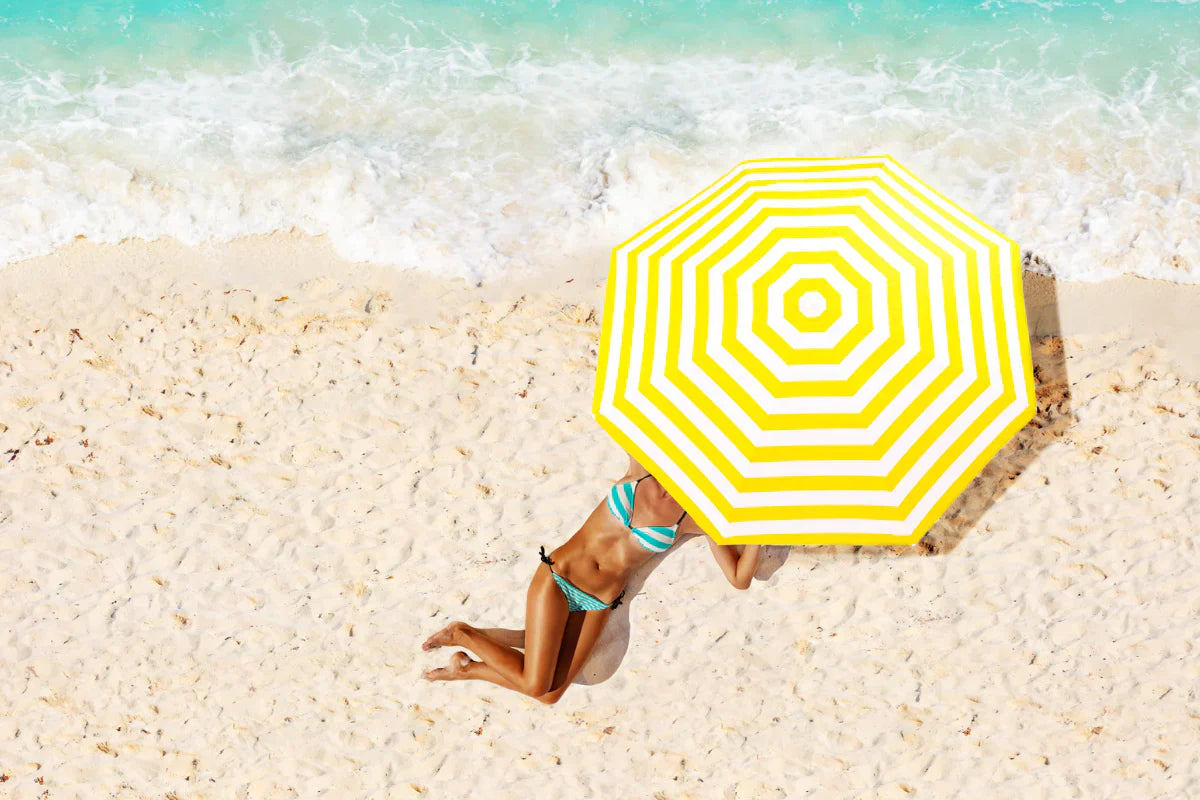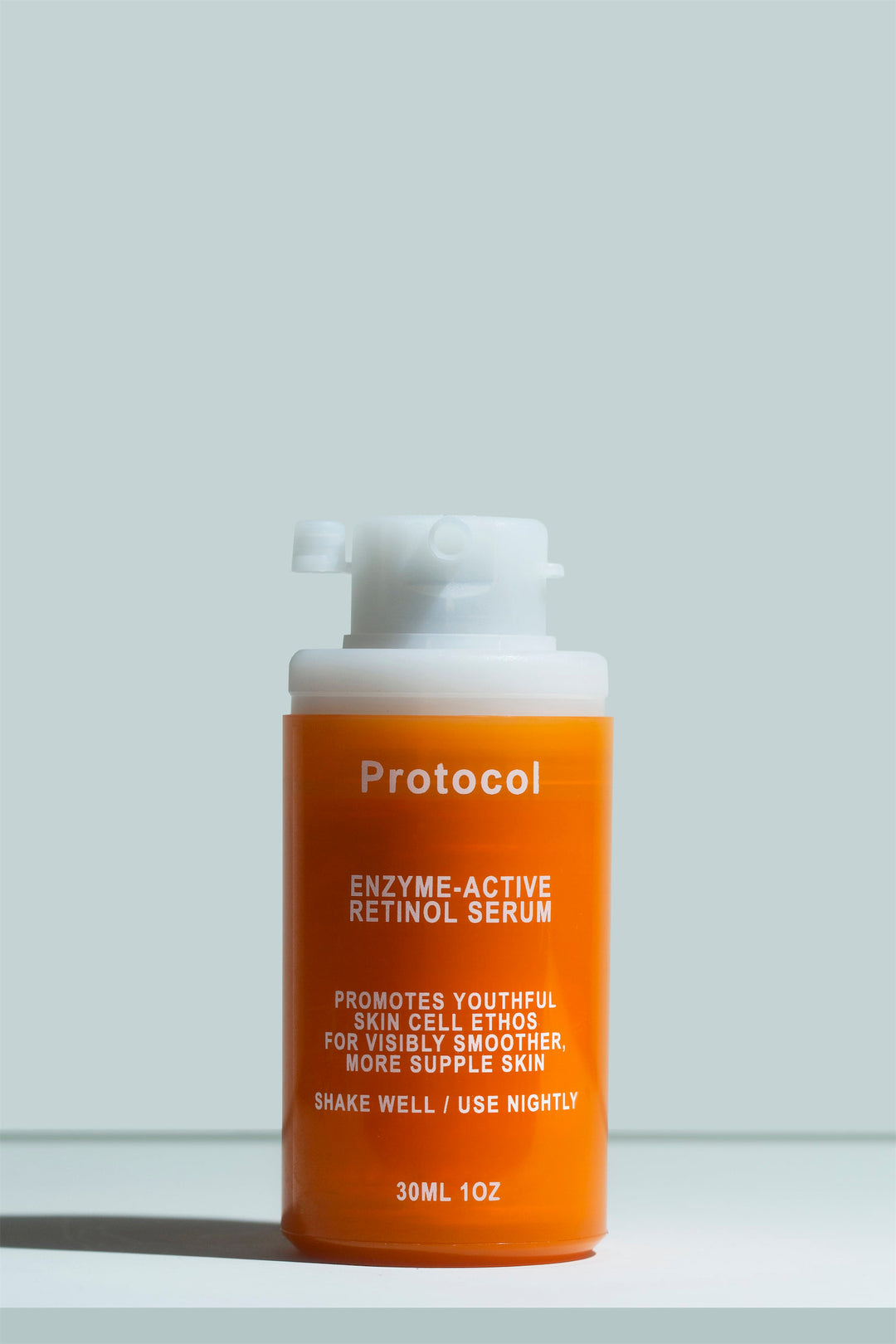Sun Smart: What Science Says to Use Before + After Sun Exposure

Nothing ruins a perfectly good summer day quite like a sunburn, and the steps you take immediately after can be critical to easing – or worsening – your pain. When your skin has had too much unprotected time in the sun, you'll likely notice symptoms like pain, inflammation, and heat within a few hours. It's crucial to begin treating sunburn as soon as you notice it. Here’s a dermatologist-approved guide to altering your skincare routine for sunburn, along with essential dos and don'ts.
First things first: Get out of the sun and indoors immediately.
The Sunburn Skincare "Dos"
Once you're safely indoors, these tips from board-certified dermatologists can help relieve discomfort and promote healing:
- Cool Down Your Skin: Take frequent cool baths or showers to help relieve the pain. Adding about 2 ounces (60 grams) of baking soda to the tub can also help.
- Hydrate, Hydrate, Hydrate: Sunburn draws fluid to the skin’s surface and away from the rest of the body. Drink extra water to help prevent dehydration.
- Moisturize Generously and Gently: Load up on moisturizer! Your skin needs extra attention and frequent applications of gentle, fragrance-free moisturizer. Apply moisturizer while your skin is still damp from a bath or shower to trap in water. For an added cooling sensation, try cooling your moisturizer in the refrigerator before applying. Dr. Fludiona Naka, a board-certified dermatologist, also suggests using aloe or soy-based products for their anti-inflammatory properties to ease the sting.
- Consider Over-the-Counter Relief: Take a nonprescription pain reliever like ibuprofen (Advil, Motrin IB, others) or aspirin as soon as possible to reduce skin inflammation, discomfort, fatigue, and chills. A gel pain reliever rubbed on the skin may also help. For mild to moderate sunburn, over-the-counter hydrocortisone 1% cream can help reduce swelling and redness, especially if kept in the fridge for a cooling effect.
- Wear Loose Clothing: Choose items that fit loosely and are not see-through to minimize further sun exposure and prevent rubbing against the burned skin.
- Protect Healing Skin from the Sun: While your skin heals, stay out of the sun or use other sun-protection measures. This includes seeking shade and wearing sun-protective clothing.
- Manage Blisters Carefully: If your skin blisters, allow the blisters to heal on their own. Blisters form to help your skin heal and protect against infection. If a blister does break, gently clean the area with mild soap and water, apply an antibiotic ointment, and cover it with a nonstick bandage. You can also apply petroleum jelly to protect intact blisters while they heal.
The Sunburn Skincare "Don’ts”
To prevent worsening your pain or damaging your skin further, avoid these practices:
- Don't Use Petroleum Jelly (Vaseline) or Other Oil-Based Ointments on Burned Skin: While good for wound healing, petroleum jelly can clog pores, trapping heat and sweat, which is detrimental to sunburned skin.
- Don't Pop Blisters or Peel Flakes: Picking at flaking skin or blisters increases the risk of scarring or hyperpigmentation (dark discoloration that can take months to disappear). When blisters pop on their own, the top layer of skin collapses back for added protection.
- Don't Exfoliate: You want your skin to heal naturally. Many exfoliating products, especially those containing retinoids (e.g., Retin-A, tretinoin, tazarotene, retinol) or alpha hydroxy acids (glycolic and lactic acids), can damage burned skin. These "chemical exfoliators" remove a protective layer of skin, making it more sensitive to the sun. If using salicylic acid or AHAs, be extremely diligent with broad-spectrum SPF 50 and reapply every 2-3 hours. It might be best to avoid these in the summer if you have sensitive skin.
- Don't Use Creams Containing Alcohol: Alcohol dries the skin and strips its natural oils, decreasing its ability to heal when burned.
- Don't Use Numbing Creams: Creams with lidocaine or benzocaine can cause dermatitis and irritation without effectively easing the pain.
- Don't Use Chemical-Based Sunscreens on Burned Skin: While sunscreen helps prevent further burning, chemical sunscreens can be irritating. Instead, opt for mineral-based products containing zinc oxide or titanium dioxide, which sit on top of the skin and reflect the sun’s rays.
- Don't Use Photosensitive Fragrances: Some fragrances contain chemicals that cause sun-induced skin sensitivity, leading to photoallergic contact dermatitis. Choose non-photosensitive fragrances.
- Don't Rub Sunburned Eyes: If your eyes are sunburned, apply a cool, damp towel, and avoid wearing contacts until symptoms resolve.
- Skincare Ingredients Safe for Sun Exposure (For Prevention, Not on Burned Skin)
For daily skincare, particularly before sun exposure, certain ingredients are beneficial and do not increase sun sensitivity:
Hyaluronic Acid: This hydrating ingredient does not increase sun sensitivity. Experts recommend applying hyaluronic acid products under your sunscreen as it's not photosensitive but can be broken down by UV light.
Vitamin C: This ingredient is safe to wear in the sun and will not make your skin more vulnerable to sunburn. As an antioxidant, it can actually protect against UV damage and reduce sunburn. Dermatologists recommend applying Vitamin C before sunscreen.
Remember, SPF should always be the last step of your morning skincare routine before makeup.
When to Seek Medical Attention for Sunburn
While most sunburns can be managed at home, certain symptoms warrant professional medical care:
- A fever over 103 F (39.4 C) with vomiting.
- Confusion.
- Signs of infection, such as blisters with swelling, pus, or streaks.
- Dehydration.
- Cold skin, dizziness, or faintness.
- Large blisters or those that form on the face, hands, or genitals.
- Worsening pain, headache, chills, eye pain, or vision changes.
Regular skin checks with a board-certified dermatologist are recommended for individuals with consistent sun exposure, even when protected, to spot any potential problems early enough for effective treatment. Organizations like the American Academy of Dermatology (AAD) can help you find a board-certified dermatologist.
Disclaimer: This article is for informational purposes only and is not intended to replace professional medical advice, diagnosis, or treatment. Always consult with a board-certified dermatologist or healthcare provider regarding any medical concerns or before starting a new skincare regimen.




